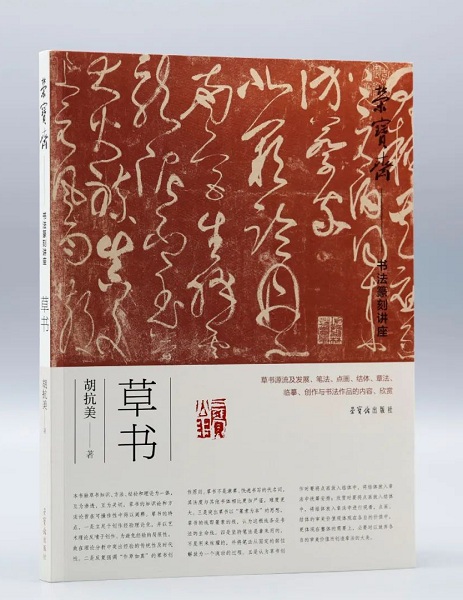
The book includes the basic knowledge, methods, experience and theory of cursive script, and introduces the epistemology and methodology of cursive script through their application in real practices. The book highlights five characteristics of cursive script. First, it emphasizes the significance of summarizing theories from the creation of calligraphic works to in turn benefit works creation. It also emphasizes the analysis of tradition-based and time-based representativeness of creation experiences in the theorization process. Second, the book repeatedly emphasizes the principle of writing cursive script as if writing regular script. Cursive script is not a synonym for scribbling or fast writing, and its techniques are more rigorous and more difficult than other styles. Third, it highlights the fact that cursive script is based on seal script and clerical script. Cursive script, seal script and clerical script all share the same line, that is, the lifeline of calligraphy. Fourth, handwriting is a skill, not a tool for showing off. Handwriting should be liberated. It ought to be a fluid process. Fifth, whether in the creation or appreciation process, strokes, character structure and line composition are all parts of an integral artwork. Strokes and character structures have their respective values, but their respective aesthetic values can be sacrificed for the overall beauty of the artwork.
